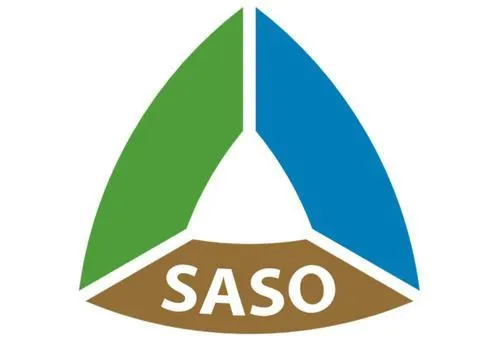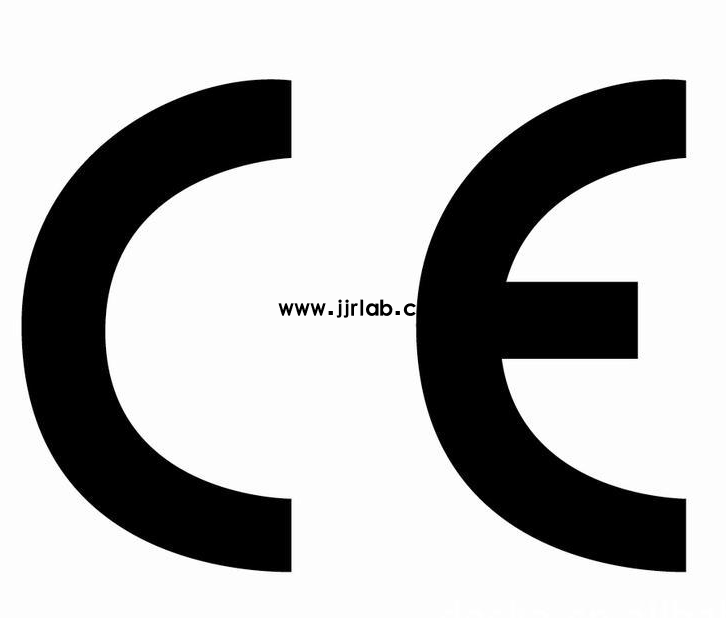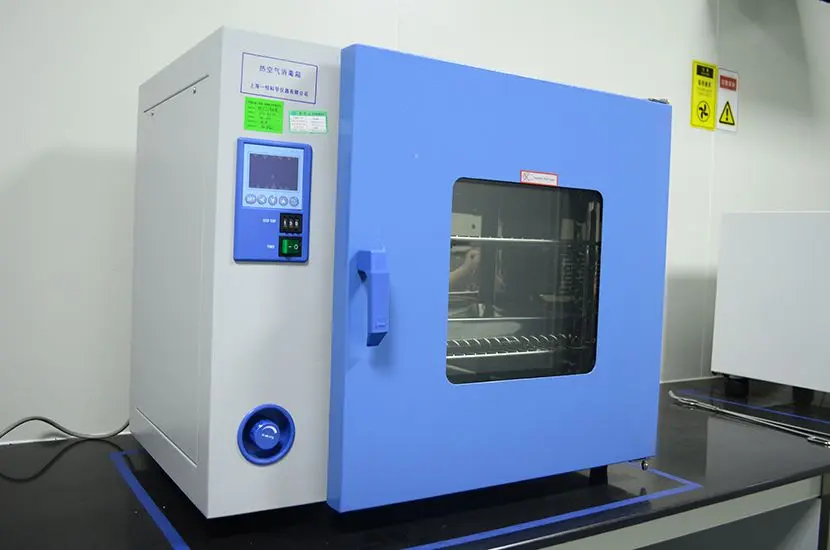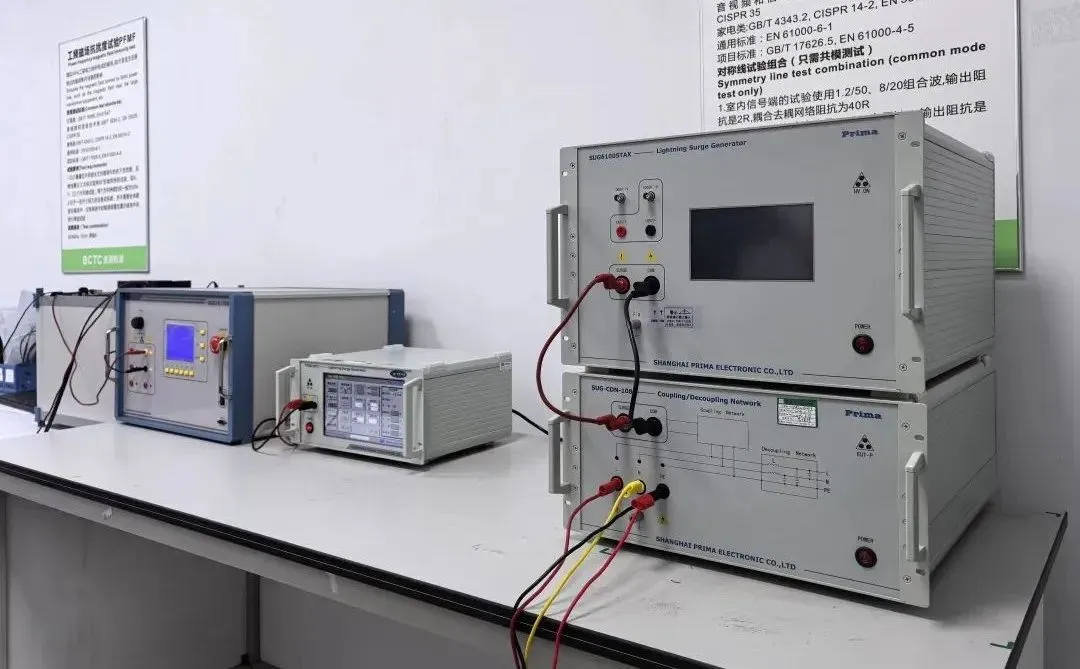
Introduction to Saudi Arabia Lighting Energy Efficiency Certification
The Saudi Arabia lighting energy efficiency certification includes three standards: SASO 2870, SASO 2902, and SASO 2927.
SASO 2870 regULates various types of directional and non-directional general lighting sources with luminous flux ranging from 60 to 12,000 lumens. These include:
- Incandescent bulbs
- Self-ballasted compact fluorescent lamps (CFLi)
- Halogen bulbs
- LED bulbs replacing incandescent bulbs
- LED luminaires replacing halogen lamps
- LED luminaires with non-replaceable light sources

SASO 2902 covers lighting products not included in SASO 2870, such as:
- Incandescent lamps with luminous flux above 12,000 lumens
- Halogen lamps
- LEDs and integrated CFLs
- Integrated directional and non-directional luminaires
- Control devices
SASO 2927 outlines the requirements for street and road lighting applications, including:
- Street/road lighting products
- Tunnel lighting products
Products Exempt from Energy Efficiency Requirements
1. Lamps and LED modules with luminous flux below 60 lumens
2. Lamps and LED modules primarily poweRED by batteries or solar energy
3. Lamps and LED modules not primarily used for lighting:
- CheMICal or biological process light sources: Pool lamps, pet care lamps, insect killer lamps
- Projection or photography applications: Advertising lamps, stage lighting, camera flashlights, copier lamps
- Heating purposes: Infrared lamps
- Signal or indicator lights: Traffic lights, airport signal lamps, temperature indicators, emergency exit lights, etc.
Saudi Energy Efficiency Certification Process
1. Obtain iec test reports and cb certification for the lighting product.
2. Conduct energy efficiency testing and acquire an energy efficiency report (EER) and energy efficiency registration.
3. Complete Saudi IECEE registration for the product.
4. Complete SABER registration for the product.
5. Apply for the SABER Product Certificate (PC).
6. Apply for the SABER Shipment Certificate (SC).
Email:hello@jjrlab.com
Write your message here and send it to us
 European Authorized Representative for Medical Dev
European Authorized Representative for Medical Dev
 Low Voltage Testing Services
Low Voltage Testing Services
 Constructive Playthings Foam Block Toys Safety Sta
Constructive Playthings Foam Block Toys Safety Sta
 Prop 65 Textile Testing
Prop 65 Textile Testing
 Environmental Testing for Electronic Products
Environmental Testing for Electronic Products
 Food Packaging Testing Laboratories
Food Packaging Testing Laboratories
 What is CE Certification for Electrical Equipment?
What is CE Certification for Electrical Equipment?
 Requirements for EAC Declaration of Conformity (Do
Requirements for EAC Declaration of Conformity (Do
Leave us a message
24-hour online customer service at any time to respond, so that you worry!




